Electrons likely play a much more significant role than photons in the synthesis of prebiotic molecules in space, according to findings out of Wellesley College, US, presented at the recent American Chemical Society meeting in Denver. The work, which was discussed by undergraduate student Kennedy Barnes, explores the relative importance of low-energy electrons versus photons in initiating the chemical reactions responsible for the extraterrestrial synthesis of the molecules that could have helped spawn the first living organisms.
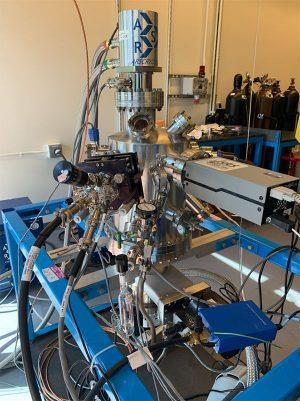
Previous research in this area has indicated that both electrons and photons can catalyse the same reactions, but this study suggests that the prebiotic molecule yield from low-energy electrons and photons could be significantly different in space. The Wellesley College team’s calculations suggest that the number of cosmic-ray-induced electrons within interstellar ice could be much greater than the number of photons striking this ice. This indicates that electrons play a more significant role than photons in the extraterrestrial synthesis of prebiotic molecules such as the amino acid glycine, which was detected on comet 67P in 2016. Other examples of such prebiotic molecules include glycolaldehyde, the simplest monosaccharide sugar and a precursor to ribose, and glycerol phosphates, which serve as the backbone for phospholipids and are critical components of cell membranes.
The team, spearheaded by Barnes with fellow undergraduate Rong Wu and mentored by team leaders Christopher Arumainayagam and physicist James Battat, demonstrated for the first time that high-energy galactic cosmic rays can trigger a cascade of low-energy secondary electrons that could be a significant contributor to the interstellar synthesis of prebiotic molecules. These molecules could even have been brought to Earth via comets, meteorites and interplanetary dust particles and may have kick-started the development of life.
Barnes notes that there is a debate in the astrochemistry community about how important these low-energy electrons are and whether they are really doing any chemistry. ‘There are a lot of people who said no, and so we did calculations to show that there is sufficient energy for these electrons to do a lot of chemistry and potentially create these complex organic molecules that have been detected,’ she says.
Arumainayagam agrees that the chemistry happening here is special. ‘What we are talking about is not electrons hitting the ices, but rather cosmic rays travelling through these ices, producing a cascade of low energy that’s less than 20eV electrons which go on to create new molecules, and that’s where the chemistry is,’ he says.
‘It started off with us wanting to investigate the difference between radiation chemistry – the chemistry from electrons – and the photochemistry – the chemistry induced by photons,’ Barnes recalls. The researchers were able to simulate the conditions of interstellar space to compare the impact of low energy electrons with photons, thanks in part to an electron gun that Barnes installed to do the first experiments with water ices in an ultra-high vacuum chamber.
‘What’s neat about this vacuum chamber is that we can cool down our substrate to 10K – that is the temperature of the ices that are found in pre-stellar-cores in the interstellar medium,’ Arumainayagam explains. He calls pre-stellar cores the birthplace of stars, as well as molecules.
More recently, the Wellesley team has also found separate and, as yet, unpublished evidence of low-energy electron-stimulated formation of hydrogen peroxide and hydroperoxyl radicals in these cosmic ices. Hydrogen peroxide has been identified on the surface of Jupiter’s moon Europa, Arumainayagam notes, but his group’s experiments suggest that it should also be there in the gas phase. That could be confirmed in a few years when Nasa’s Europa Clipper mission arrives at the Jupiter system in 2030.
The researchers hope their findings will inspire colleagues to incorporate low-energy electrons into their astrochemistry models that simulate what happens within cosmic ices. ‘Right now, a lot of the models are over-simplified, and I think a lot of that has to do with computational power,’ Barnes tells Chemistry World. ‘But these low-energy electrons can do important chemistry and I think there’s a huge gap in the simulations by not incorporating them.’
Paul Rimmer, a prebiotic and atmospheric chemist at the University of Cambridge, is enthusiastic about the work. ‘What I find especially interesting is Kennedy Barnes’s experimental work, actually shooting a beam of low-energy electrons on interstellar ice analogues to find out what happens,’ he says. Rimmer says Barnes is ‘completely correct’ that these interactions are understudied, though he notes that the work has not yet been published or peer reviewed. ‘The specific reproducible results, whatever they turn out to be, could be of significant interest both for astrochemistry and prebiotic chemistry. I will watch this space.’
References
QT Wu et al, ACS Earth Space Chem., 2024, DOI: 10.1021/acsearthspacechem.3c00259





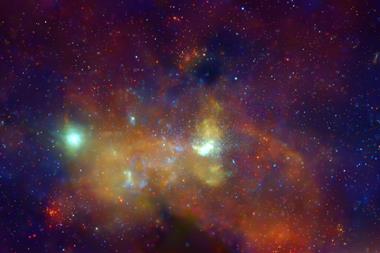
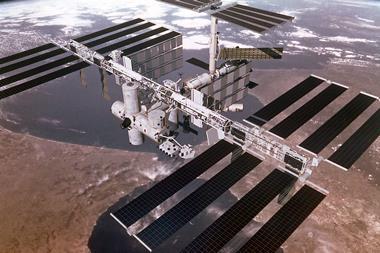

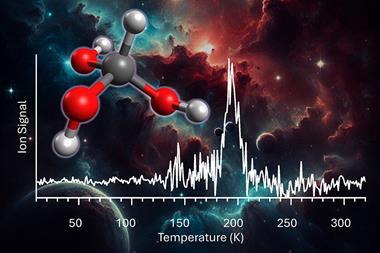
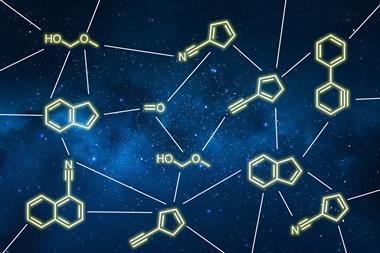
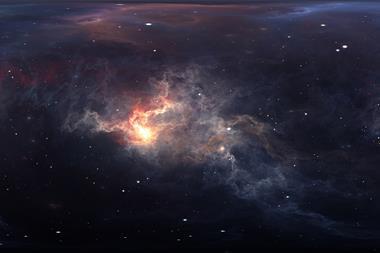






No comments yet